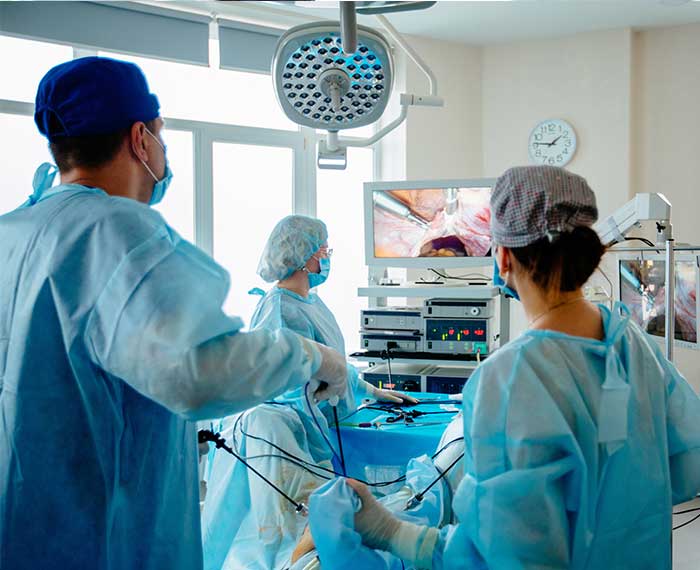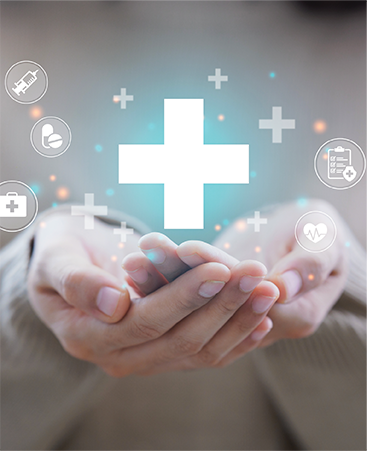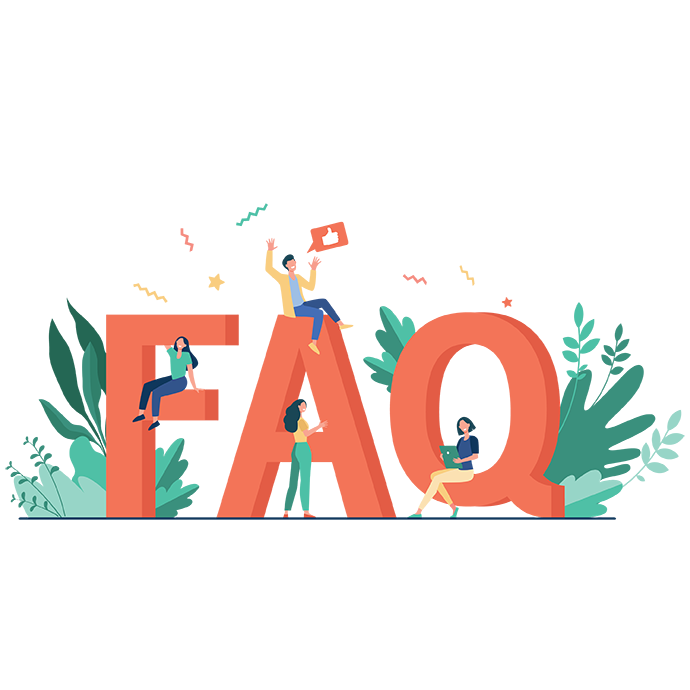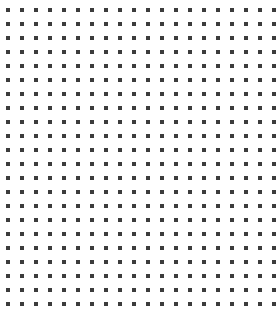Laparoscopy is a surgical procedure in which smaller incisions are made. Unlike conventional open surgery, where big incisions are made, in Laparoscopy, three-four smaller incisions are made through which surgical instruments, including a camera, are inserted. This surgery is minimally invasive. Surgeons prefer laparoscopy surgery over conventional surgery as it allows faster recovery for the patients. It has been extensively used in gall-bladder and other gastro-intestinal surgeries, a few gynecological procedures, etc.















